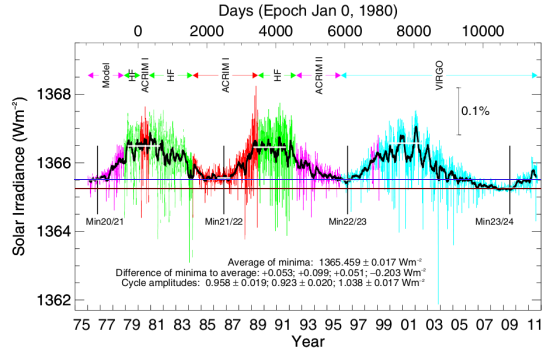Why even peer-reviewed research must always be questioned: An investigation has concluded that a fired Dutch researcher falsified data on dozens of papers.
[Diederik] Stapel’s work encompassed a broad range of attention-catching topics, including the influence of power on moral thinking and the reaction of psychologists to a plagiarism scandal. The committee, which interviewed dozens of Stapel’s former students, postdoctoral researchers, co-authors, and colleagues, found that Stapel alone was responsible for the fraud. The panel reported that he would discuss in detail experimental designs, including drafting questionnaires, and would then claim to conduct the experiments at high schools and universities with which he had special arrangements. The experiments, however, never took place, the universities concluded. Stapel made up the datasets, which he then gave the student or collaborator for analysis, investigators allege. In other instances, the report says, he told colleagues that he had an old dataset lying around that he hadn’t yet had a chance to analyze. When Stapel did conduct actual experiments, the committee found evidence that he manipulated the results.
I’m not sure which is worst about this scandal, that Stapel’s dishonesty has tainted the PhD’s of 21 innocent students, or that none of his fellow researchers ever had the brains, skepticism, or mental muscle to challenge his results.
Stapel’s fabrications weren’t particularly sophisticated, the committee says, and on careful inspection many of the datasets have improbable effect sizes and other statistical irregularities. His colleagues, when they failed to replicate the results, tended to blame themselves, the report says. Among Stapel’s colleagues, the description of data as too good to be true “was a heartfelt compliment to his skill and creativity,” the report says.
Update: I’d like to add one more addendum to this story, (covered today by Nature with its own long article). Unlike the climate field, where the scientists circled the wagons and protected the scientists who committed the frauds with whitewashed investigations, the field of social psychology and the scientists in the Netherlands have been refreshingly blunt and forthright in trying to clear the air by tracking down all Stapel’s corrupt papers. For this at least they deserve kudos.


